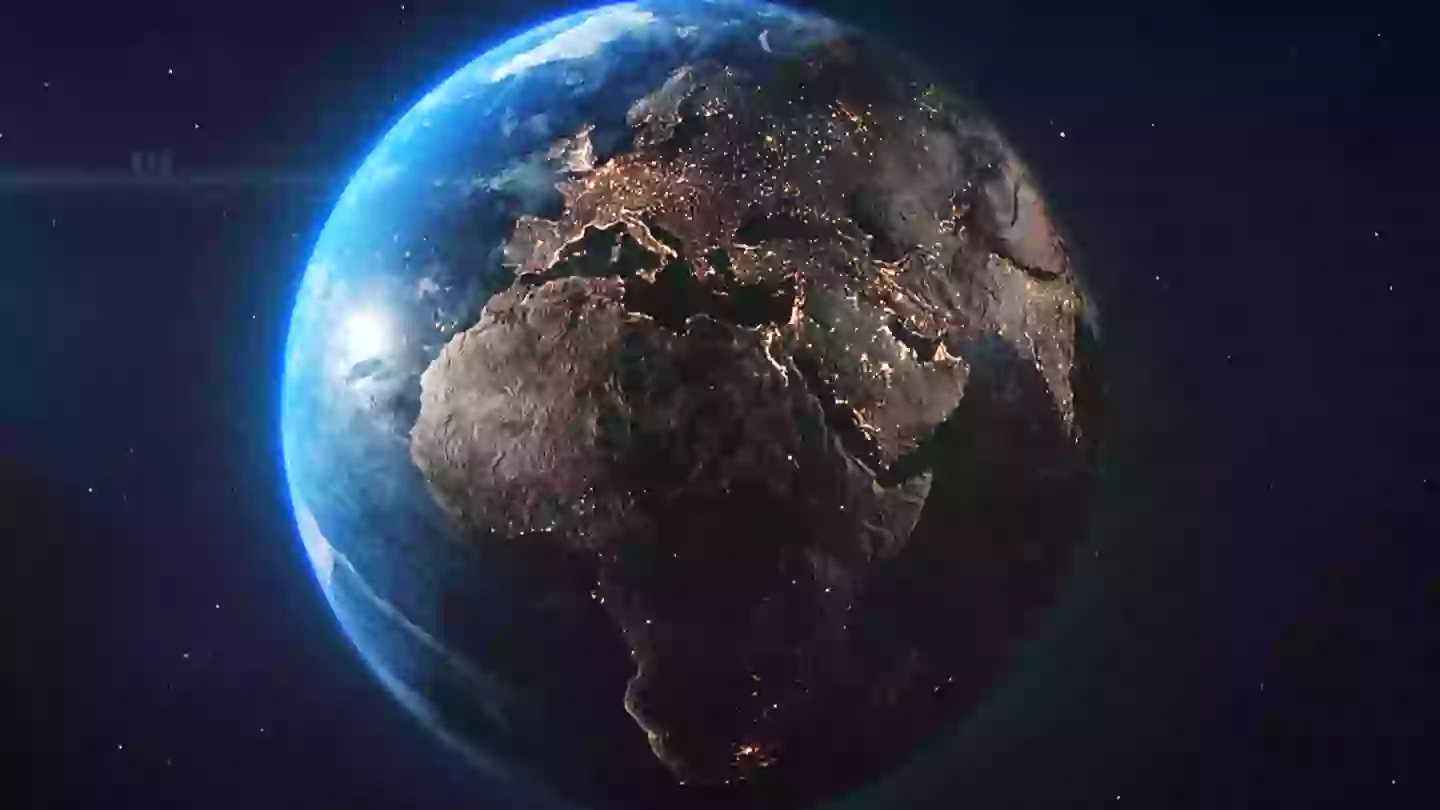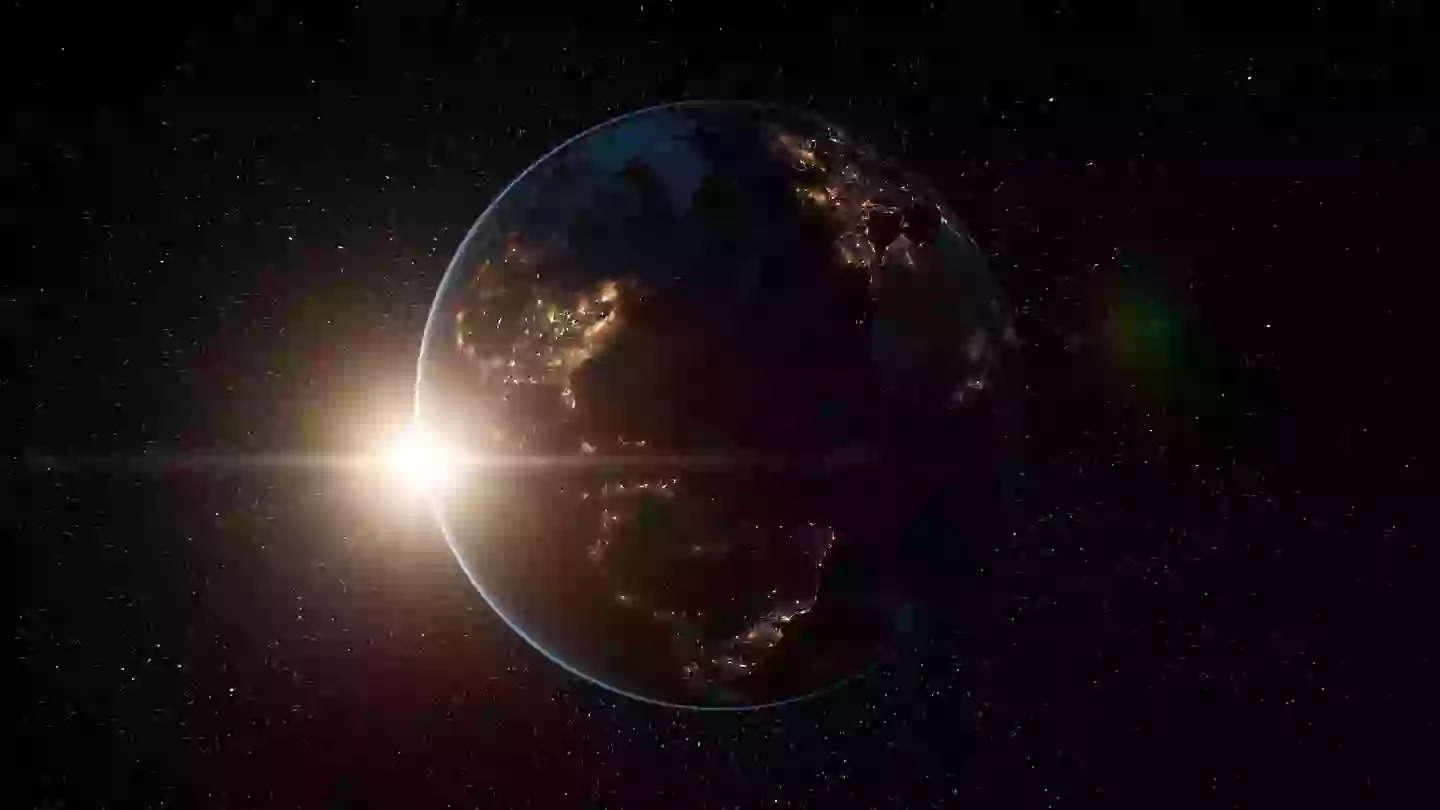
You may have been wondering about when the longest day on Earth is, and if you didn’t already know, it’s always going to be ‘today’. Here’s why.
Earth is a strange thing, and it’s hard not to get frustrated by the various scientific things that seemingly don’t make sense.
With so many mysteries, isn’t it nice to know something for a change?
Advert
Well, this you can know so let’s get into why every day will become the longest day on Earth.
Now, you’re probably wondering why this is a fact, but it’s really simple as to why this occurs.

Forget the clocks going backwards or forwards, any alarms on your phone’s calendar as to what’s the longest or shortest day - it’s not correct.
Advert
You see, it’s got everything to do with the Moon. That giant rock has a significant effect on our planet.
Specifically, the way its gravitational field impacts our ‘tides’, which are the periodic rise and fall of our sea levels.
The tides will ebb and flow depending on which side of the Earth is closer to the Moon, causing a tidal bulge when it’s closest.
While the Earth rotates on its axis within 24 hours, the Moon takes 27.5 days to rotate us.
Advert
Because of this rotation, it means that the tidal bulge is a little bit ahead of the Moon as Earth spins faster on its axis and causes the Moon to accelerate slightly as the tidal bulge pulls it closer.
As the tidal bulge pulls the Moon, the Moon then, in turn, sucks away at Earth’s rotational energy, causing it to get a little slower.

By rotating slowly, it causes the length of the day to extend, by around 0.0023 seconds every 100 years.
Advert
Or, 0.0018 seconds, depending on who you ask.
According to the Guiness World Records: “The rate at which the Earth rotates is gradually slowing owing to a process called tidal friction as well as a phenomenon known as core-mantle coupling.
“These forces extend the length of a day by 0.0018 seconds (1.8 milliseconds) every century. That means that the longest day ever is always today, albeit by only a imperceptible increment.”
So, every day is getting just a touch bit longer.
Advert
In 1900, a day was exactly 24 hours in length, but an analysis of astronomical observations has shown that the early part of the twenty first century lasts approximately 24 hours and 0.002 seconds.
As each day is a little longer than 24 hours, an extra second, (a leap second) will sometimes be added so that the time we use each day is the same as the Earth’s rotation time.
These leap seconds are typically added before midnight on June 30 or December 31, and this process was first introduced on June 30, 1972.
It’s certainly a strange thing to find out after all your years living on Earth, but you’ve got to admit that it’s pretty cool too.
In a few thousand years, those who are living will have longer in the day to do with whatever they please.
Topics: Space, Science, Weird, Guinness World Records
